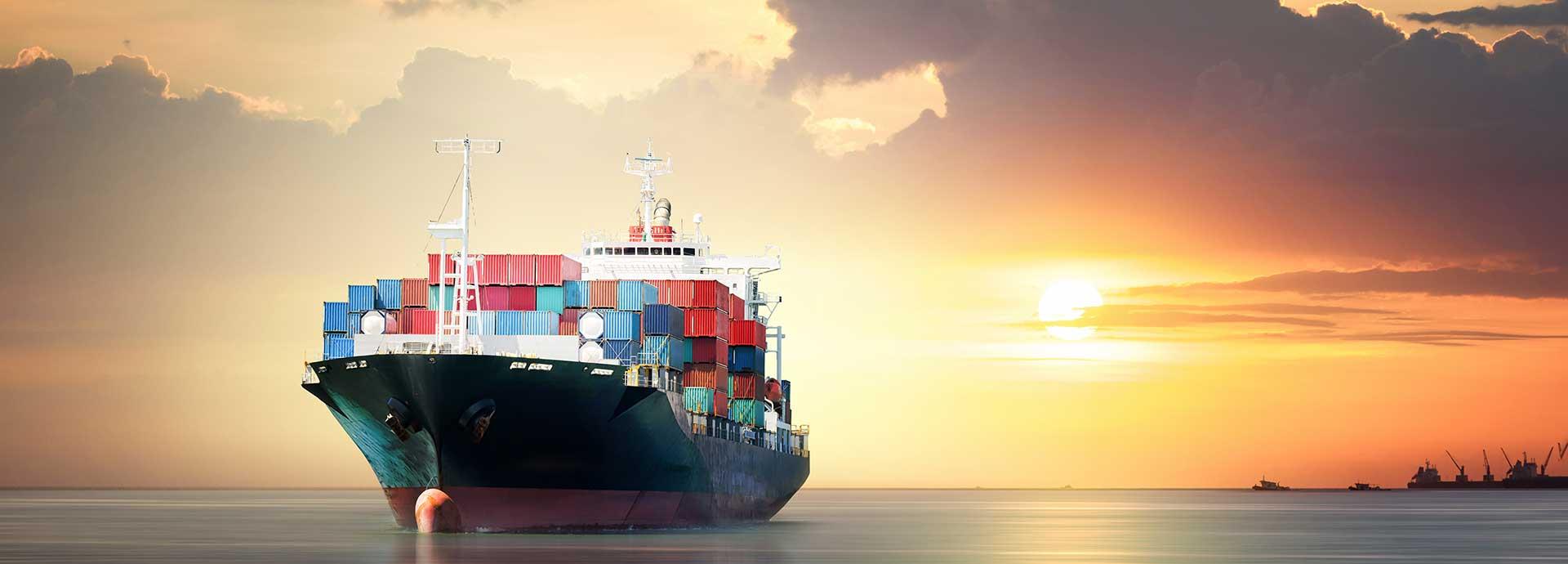

A sea change is in the making as the global shipping industry strives to reduce its impact on the environment with innovative solutions like battery-operated vessels, wind-powered ships and carbon-neutral shipping. As the industry sets new environmental goals for itself green shipping is emerging as the key trend changer. But what exactly is green shipping?
“Green shipping is about cleaner practices on the emission control, port management and equipment lifecycles i.e. circular economy. Achieving this will require a lot of effort by the industry in collaboration with regulators, port authorities and communities and we are moving in the right direction,” explains Johanna Aromaa, Manager, Market Intelligence, Wärtsilä Marine Business.
The guiding light
The International Maritime Organization (IMO) has played a big role in pushing for green shipping. It has mandated that the emission of sulphur content in fuel ships must come down from 3.5% currently to 0.5% by 1 January 2020. It has also set targets for the industry to cut down Green House Gas (GHG) emissions by at least 50% by 2050 from 2008 levels and reduce the sector’s average carbon intensity by at least 40% until 2030, and 70% by 2050.
Ships are now also required to manage their ballast water according to D-1 and D-2 standards which require them to exchange and release at least 95% of ballast water by volume far away from the coast and restrict and limit the discharge of specified microbes harmful to human health and the marine ecosystem.
In April 2018, the Marine Environment Protection Committee also addressed the issue of marine plastic litter from shipping in the context of the Sustainable Development Goals and asked for a significant reduction in marine pollution of all kinds, in particular from land-based activities, including marine debris and nutrient pollution. These regulatory actions coupled with the fact that customers are now increasingly becoming conscious of their carbon footprint is driving innovation and creating the need for larger investments in green shipping.
“The industry is at a turning point on figuring out how environmental regulations might be turned into a competitive strength and advantage. At Wärtsilä, we are currently working on driving innovation, looking for different ways to work together and taking on the challenge of tackling the changes needed to keep up with increasingly challenging regulations,” says Aromaa.
Big deal!
According to a 2018 report by the OECD International Transport Forum, 28 of the world’s 100 largest ports, in terms of cargo volume, are offering port-based financial incentives such as a differentiated fee for greener ships to mitigate GHG emissions. The green port fees are based on indices like the Environmental Ship Index, Green Award, Clean Shipping Index & GG Emission ratings, which express the environmental performance of an individual ship.
But going green requires big investments in vessels, shipping infrastructure and innovation. Today, several European banks are backing the idea of green shipping. For instance, the European Investment Bank (EIB) has signed framework agreements with Société Générale, ABN AMRO and ING to provide EUR 750 million for sustainable shipping, promoting the adoption of alternative fuels such as LNG and ballast water treatment technology. The program aims to support the financing of new, greener vessels, alongside environmentally friendly retrofitting of existing ships. As a part of this program, ING and EIB have recently signed a EUR 300 million agreement to support investments in the European maritime shipping market with a green innovation element.
BNP Paribas is offering performance incentive loans to its shipping customers where the rate of interest charged falls when the clients’ ESG score improves. German KfW IPEX-Bank – one of the largest ship financiers in the world – too has adopted Responsible Ship Recycling Standards to assess the energy efficiency of its shipping portfolio. It financed Germany’s first LNG-powered ship by providing USD 81 million for equipment, 72 environment-friendly, battery-powered, automated guided vehicles (AGVs) and Battery Exchange Station for the Long Beach Container Terminal (LBCT) in California.
Beyond the horizon
With climate emerging as the top priority, leading marine companies like Wärtsilä, too, are taking the lead in green shipping with several initiatives such as the Smart Marine Ecosystem, Zero-Emission Shipping, An Oceanic Awakening, hybrid retrofit for short-sea shipping vessels and battery hybrid propulsion solutions among others. But it is not an easy task.
“The opportunity to being part in creating the Smart Marine Ecosystem is almost breathtaking as we can really move mountains, but only with collaboration and co-creation across multiple stakeholders. We cannot do it alone, but it will be a joint effort that requires validation, support and active involvement,” says Aromaa.
“The fast-emerging digital infrastructures that are developing on dry land need to be incorporated into smarter shipping management in the marine business as well. The big challenge is to find out how we can help support the environmental initiatives in the ecosystem as well,” she explains.
Despite the challenges, the outlook for greener shipping looks bright. According to a recent report by Moore Stephens, new and existing investors will continue having an appetite for investments in the shipping industry in 2019 as long as it fulfils its environmental, social and governance (ESG) requirements. This means that investors are finally ready to forego purely commercial returns for greater sustainability and to solve problems of the future.

